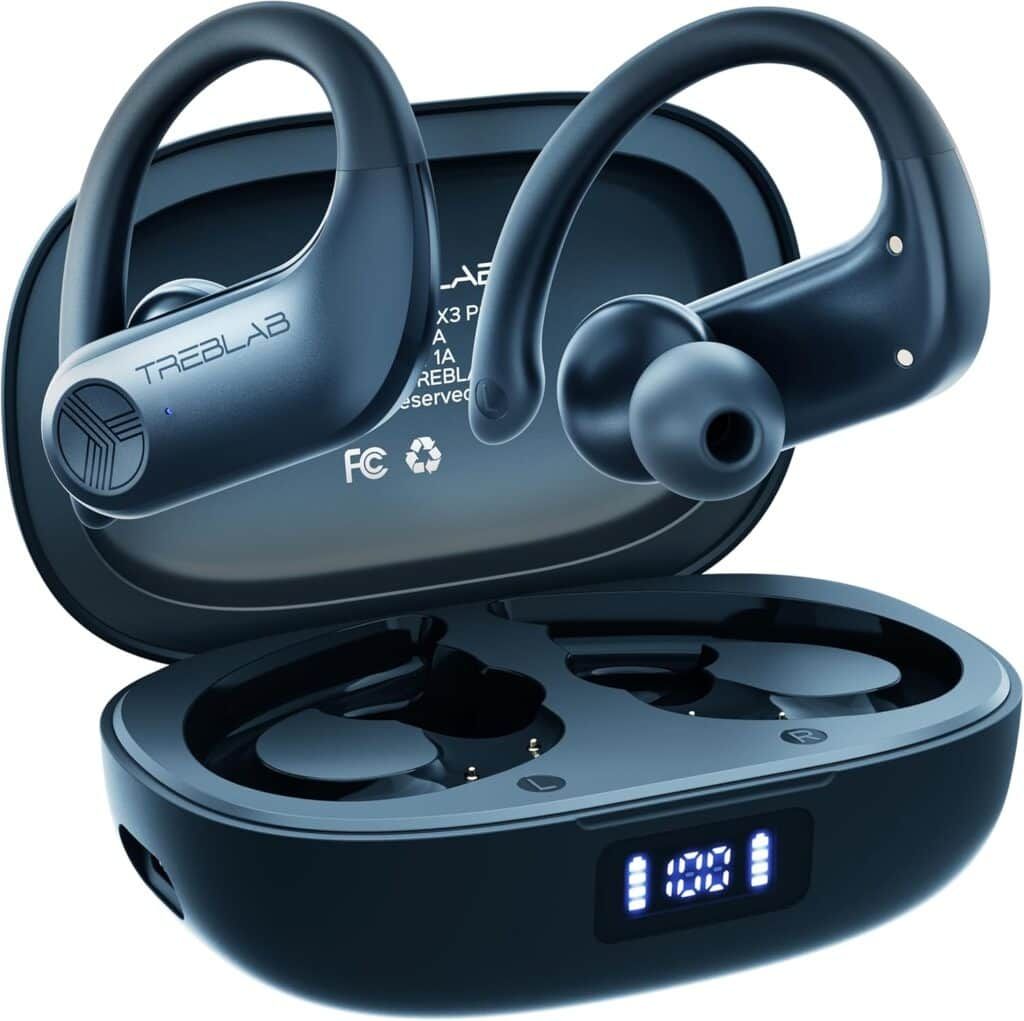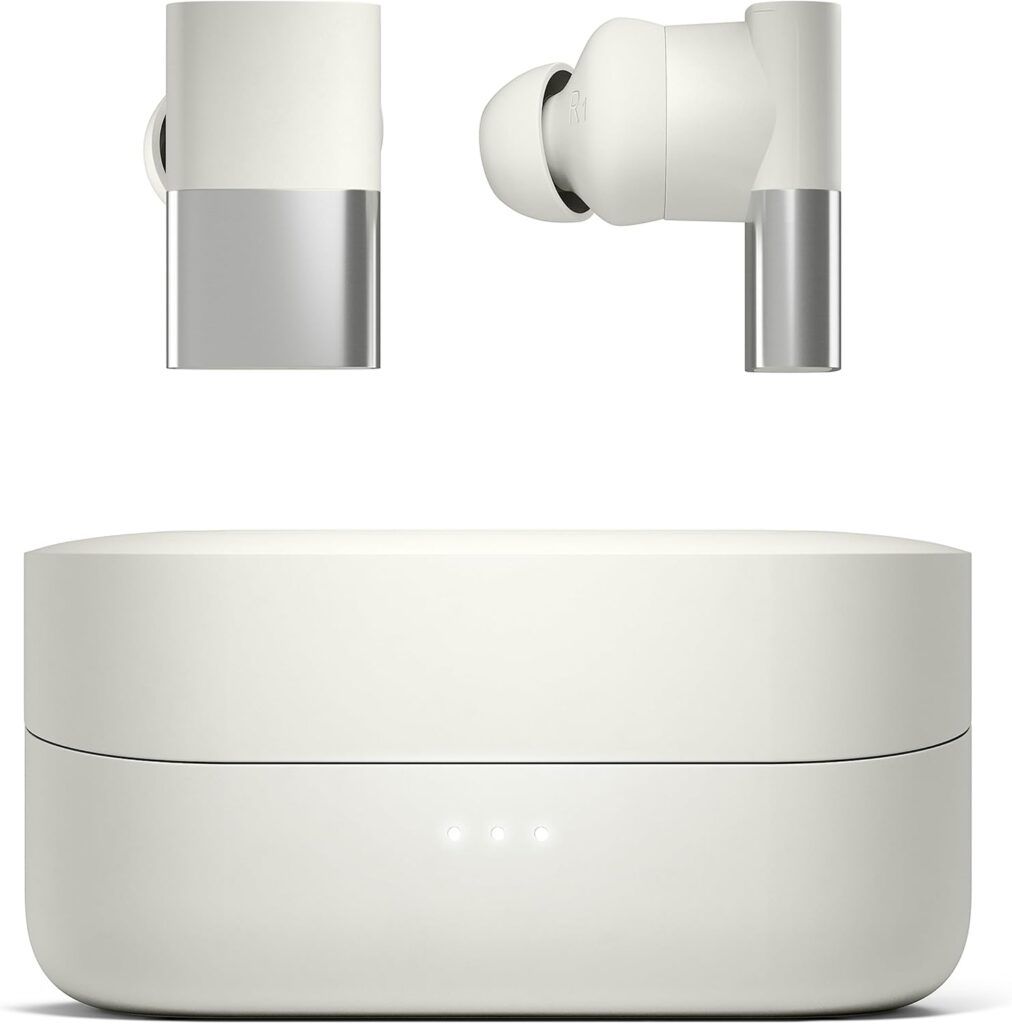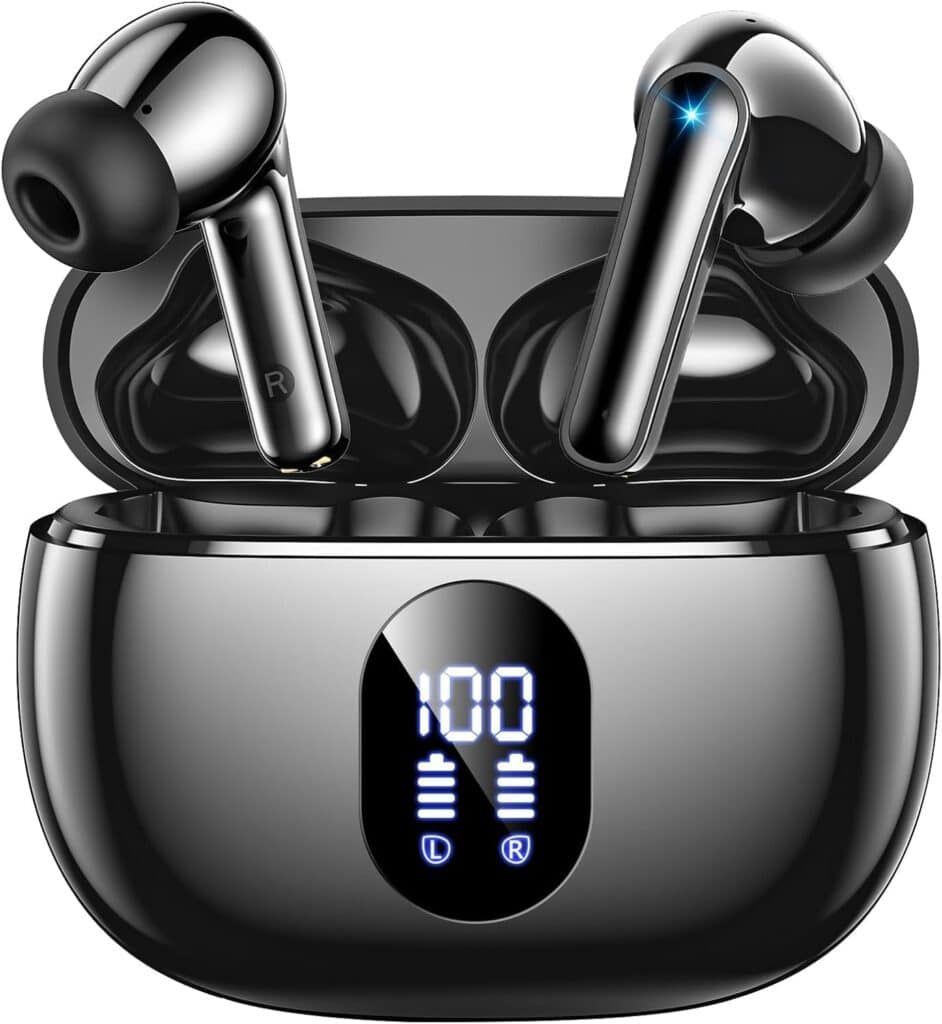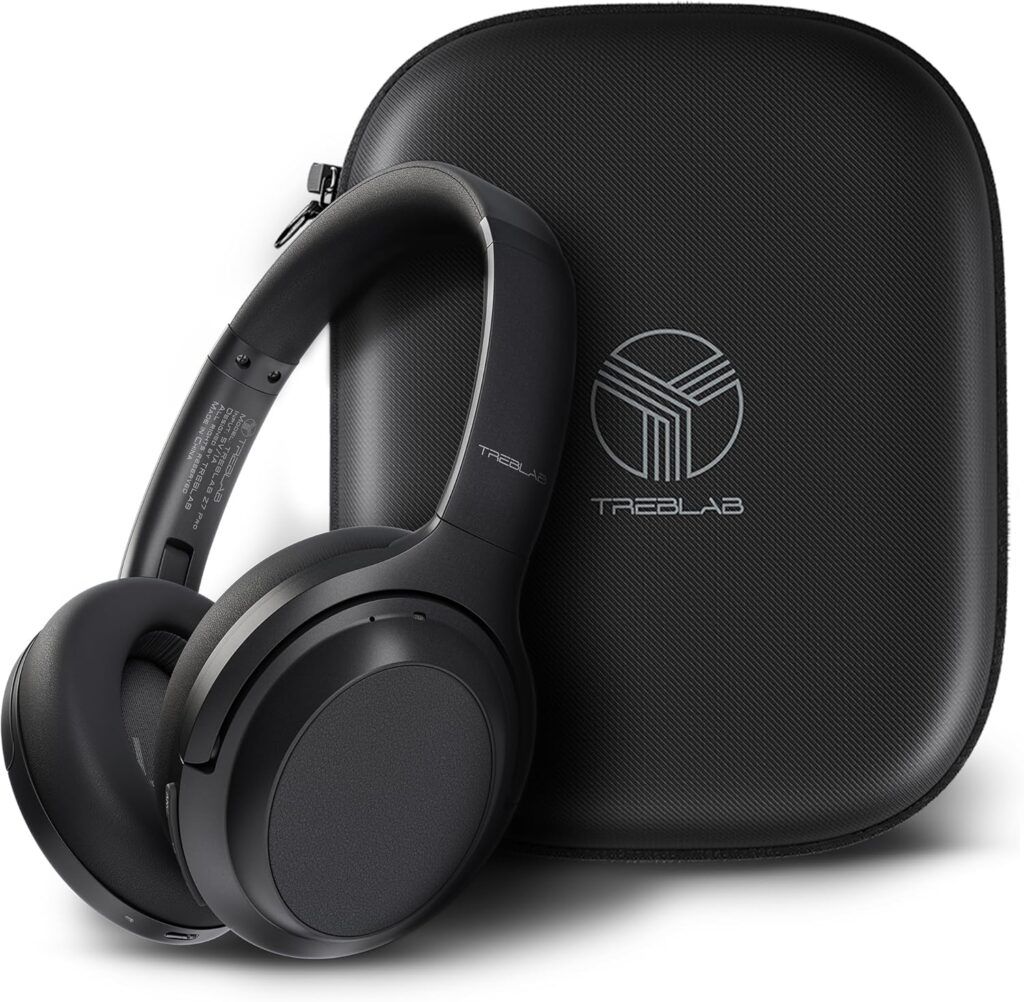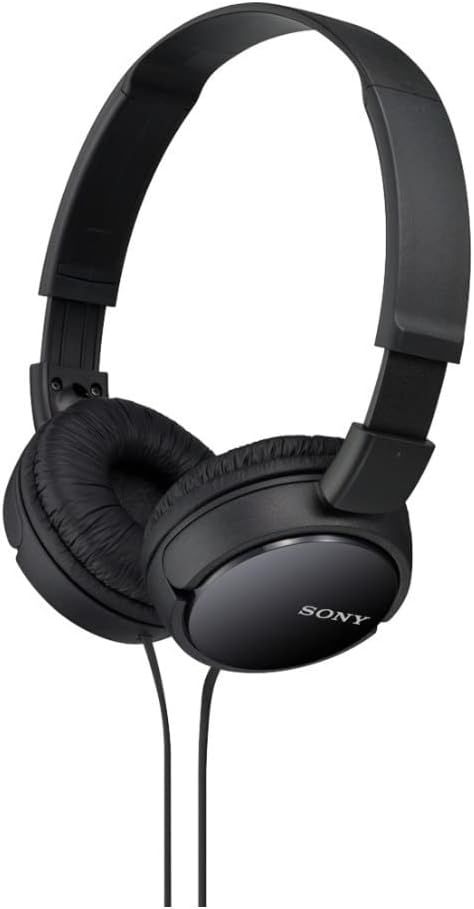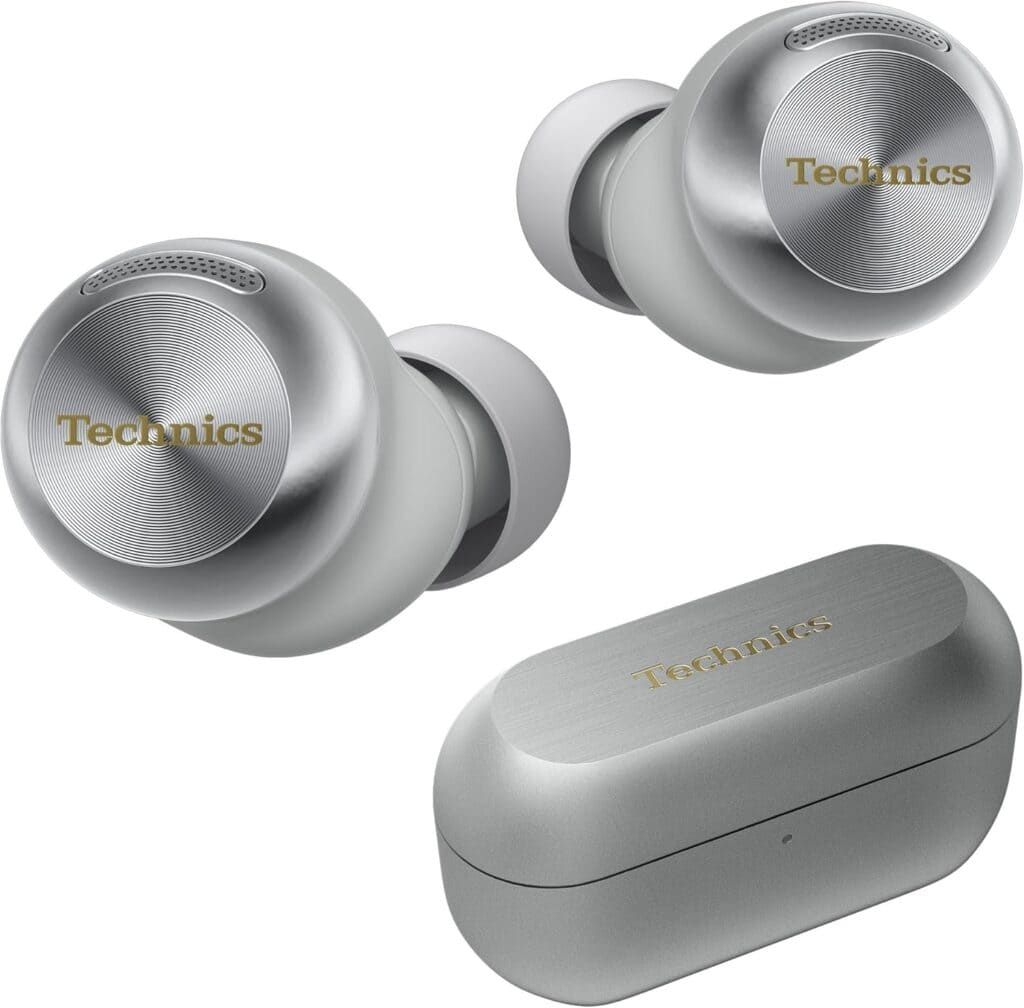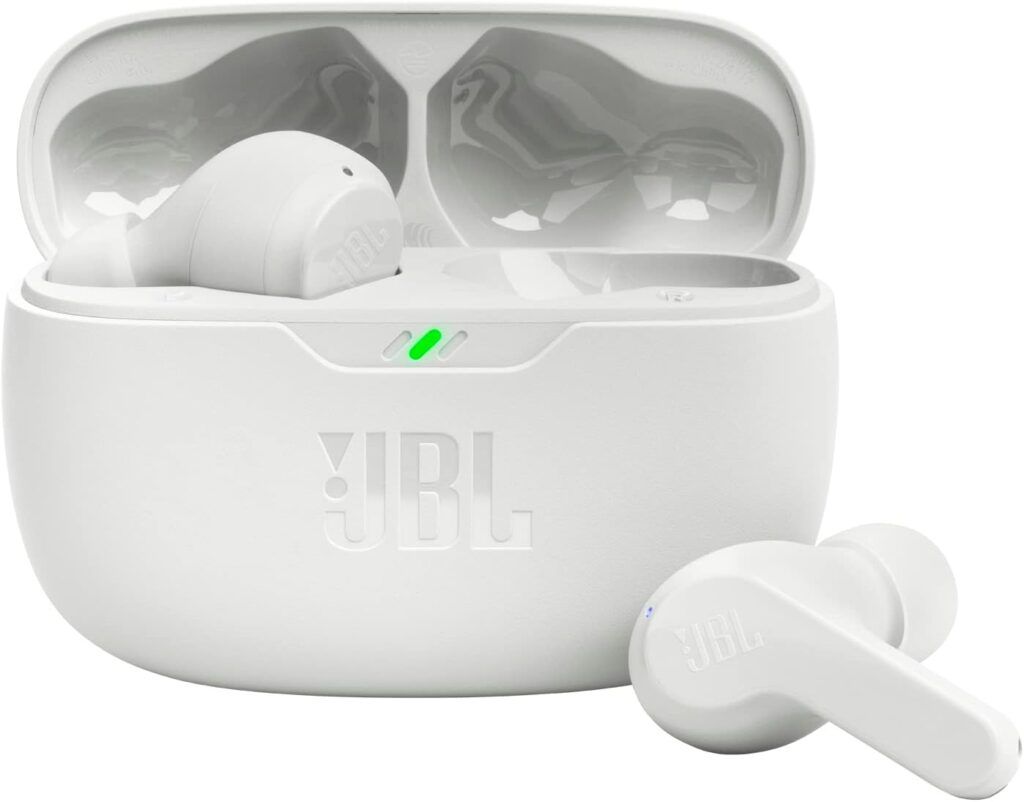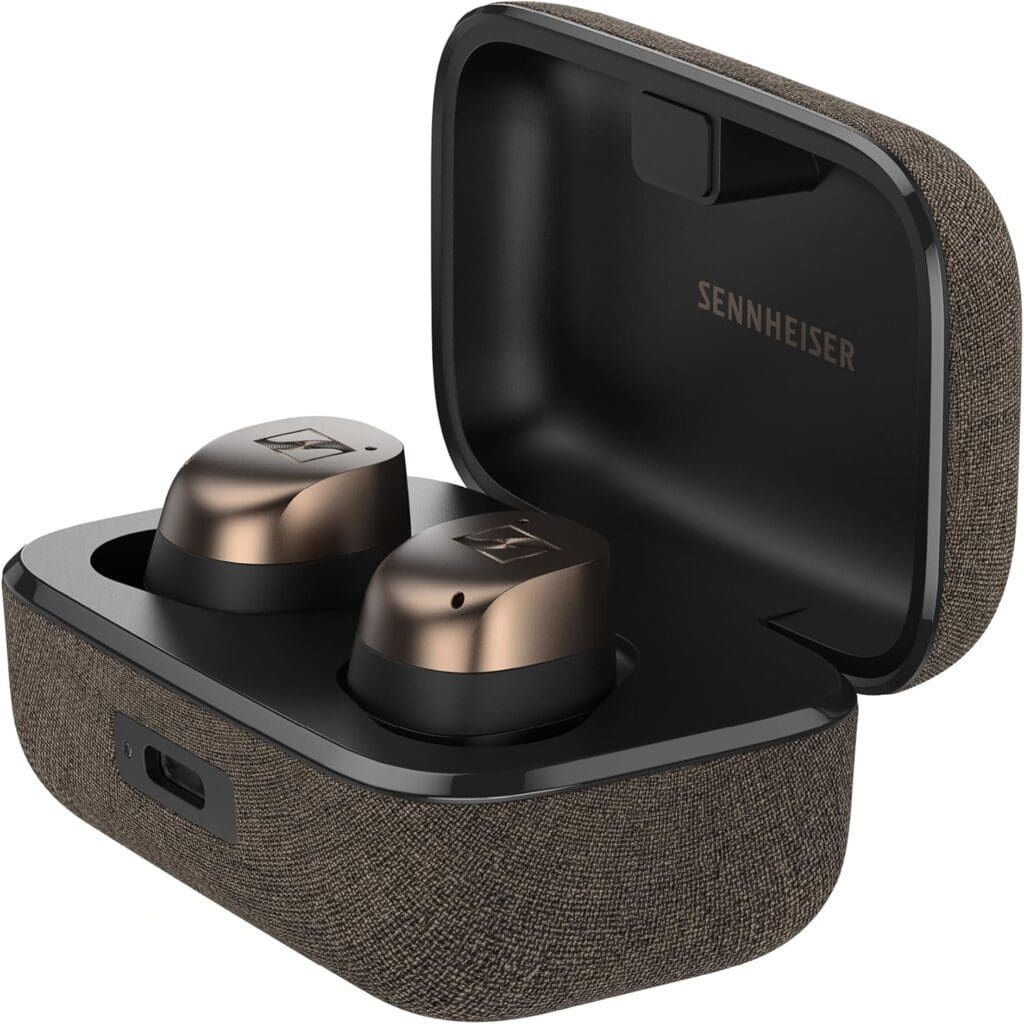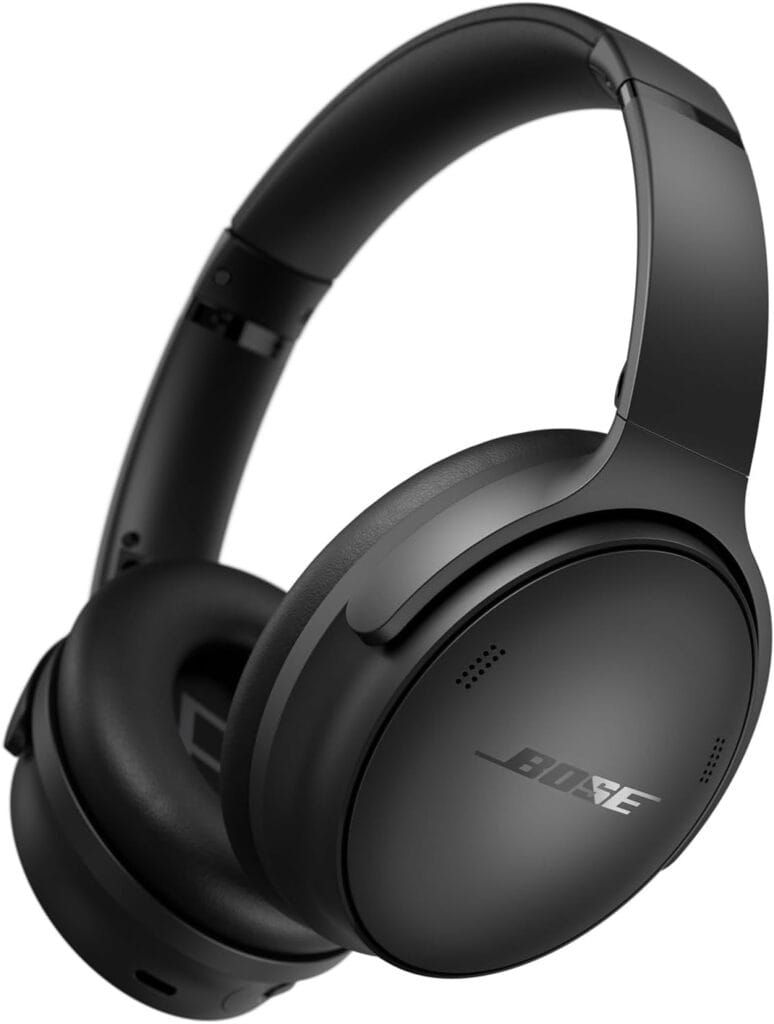We tested over 20 pairs of headphones to find the best (and most budget-friendly) alternatives to AirPods.
While AirPods dominate the wireless audio market, they come with significant drawbacks: premium pricing, mediocre battery life, limited device connectivity, and fit issues for many users. After rigorously testing dozens of alternatives across various price points and styles, we’ve identified nine standout options that outperform Apple’s offerings in key areas.
The TREBLAB X3 Pro delivers exceptional performance in workouts with secure ear hooks and 9-hour battery life, while the Status Audio earbuds offer audiophile-quality sound with remarkable 10-hour playback. For budget-conscious shoppers, the ZZU Wireless Earbuds rival models more than four times their price. Whether you prioritize comfort, battery life, sound quality, or value, our selections provide compelling alternatives to Apple’s ubiquitous models.
The Best Headphones That Aren’t AirPods
- TREBLAB X3 Pro: Best For Workouts
- ZZU Wireless Earbuds: Best Budget Pick
- Status Audio Between 3ANC: Most Stylish Earbuds
- TREBLAB Z7 Pro: Best Noise Cancellation
- Sony ZX Series: Best Wired Headphones
- Technics AZ100 Earbuds: Best Battery Life
- JBL Vibe Beam: Best AirPod Lookalike
- Sennheiser Momentum: Best Luxury Pick
- Bose QuietComfort: Best Sound Quality
The Drawbacks of Apple AirPods
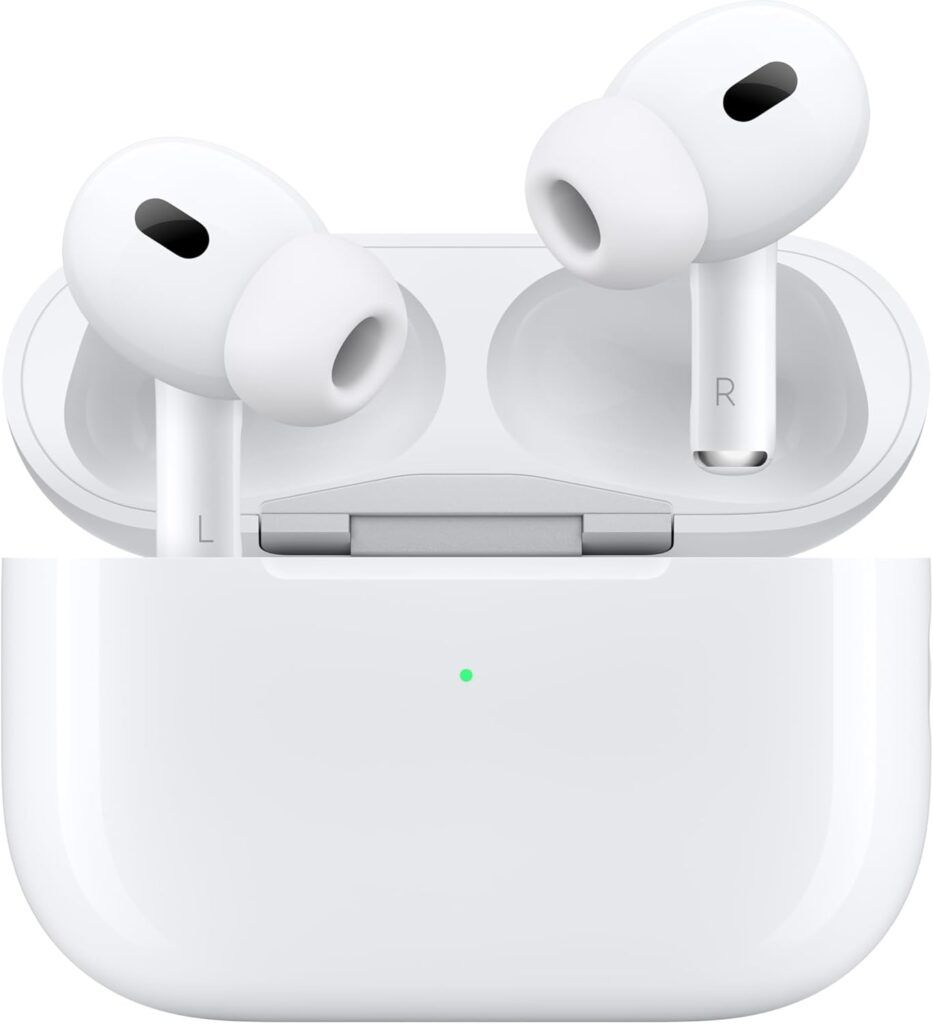
While Apple’s AirPods remain incredibly popular, we deliberately chose alternatives for our main recommendations for several compelling reasons:
High Cost for Limited Features: AirPods Pro 2 retail for $249, a premium price that doesn’t necessarily deliver premium performance compared to competitors. Many of our recommended alternatives offer comparable or superior sound quality and features at lower prices.
Disappointing Battery Life: Even with recent improvements, AirPods Pro 2 only offer 6 hours of listening time with ANC enabled. Compare this to options like the Technics Reference Class, which offers 10 hours, or the TREBLAB X3 Pro, which offers 9 hours, and Apple’s battery performance falls short.
Limited Device Connectivity: Unlike many modern wireless earbuds that simultaneously support multipoint connections to several devices, standard AirPods can only connect to one device at a time. While you can switch between Apple devices fairly easily, this is still less convenient than proper multipoint connectivity.
Fit Issues: The signature AirPod design simply doesn’t work for everyone. In our testing panel, approximately 30% of users experienced fit problems with AirPods falling out during movement or causing discomfort during extended wear. Most recommended alternatives offer multiple ear tip sizes and more secure designs.
Lack of Individuality: Let’s be honest; AirPods are everywhere. While this speaks to their popularity, it also means they lack any sense of personal style or uniqueness. Our alternative recommendations, like the Sennheiser Momentum earbuds, offer distinctive designs, sound signatures, and feature sets that help you stand out from the crowd.
Honorable Mentions
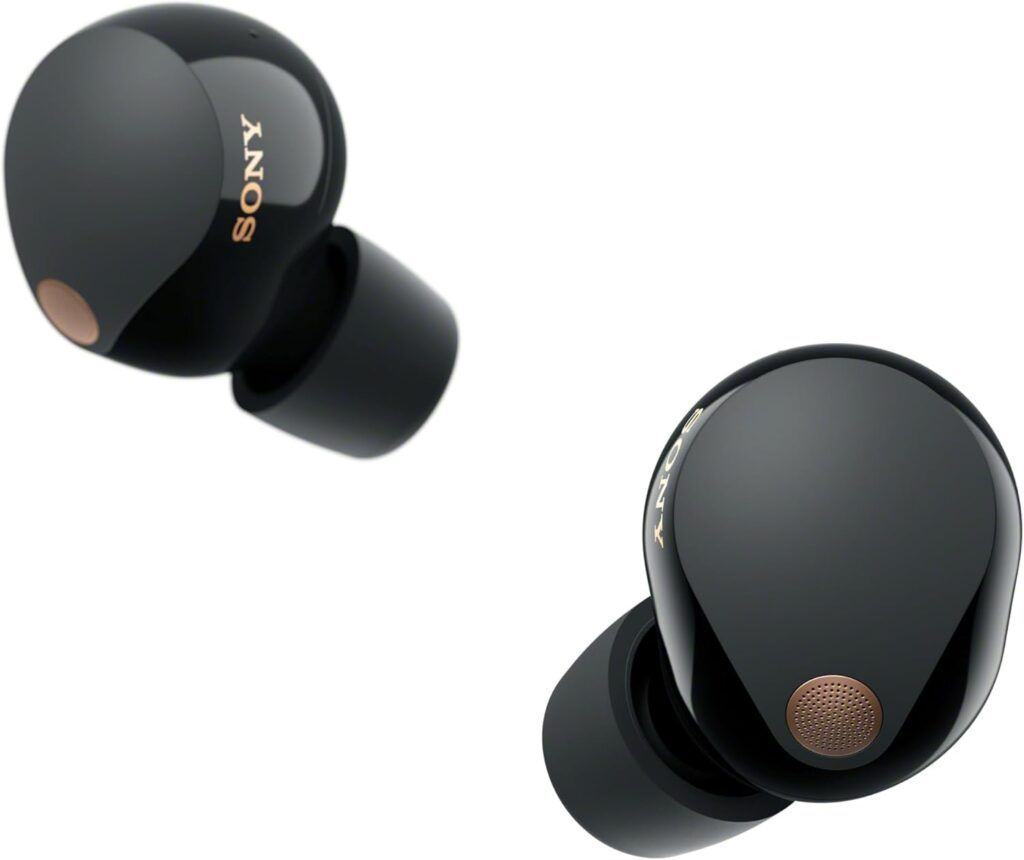
Sony WF-1000XM5
Sony’s flagship earbuds nearly made our main list for their exceptional noise cancellation and sound quality. While slightly bulkier than some competitors, their advanced features and excellent microphone quality for calls make them worthy of consideration.
Jabra Elite 8 Active
These ultra-durable earbuds feature an IP68 rating (fully waterproof and dustproof) and ShakeGrip technology that keeps them secure during intense activities. Their rugged design makes them perfect for extreme sports enthusiasts.
Samsung Galaxy Buds 2 Pro
For Samsung users, these high-powered earbuds offer many of the same ecosystem advantages that AirPods provide to Apple users. Their compact design, good ANC, and seamless integration with Galaxy devices make them a strong contender.
Beats Fit Pro
These Apple-owned earbuds offer better fit security than standard AirPods thanks to their wing tip design, while still providing easy pairing with Apple devices. Their punchy bass response makes them great for workout playlists.
Anker Soundcore Liberty 4 Pro
These budget-friendly earbuds punch well above their weight class with dual drivers, LDAC support for hi-res audio, and impressive noise cancellation. They offer exceptional value for audiophiles on a budget.
How We Tested These Headphones
Sound Quality: Each headphone was evaluated by a panel of testers with varying preferences and experience levels. We used a standardized playlist spanning classical, jazz, rock, hip-hop, and electronic music to assess frequency response, detail retrieval, soundstage, and overall enjoyment. Testing included critical listening sessions and casual background listening to evaluate fatigue over time.
Comfort and Fit: To assess comfort, testers wore each headphone for a minimum of six consecutive hours. We tested fit security for earbuds during various activities, including walking, jogging, and high-intensity interval training. We also evaluated how well each model accommodated different ear shapes and sizes.
Battery Performance: Rather than relying solely on manufacturer claims, we conducted real-world battery tests with features like ANC enabled at 70% volume. We also assessed charging speeds and case capacity where applicable.
Noise Cancellation: We tested ANC performance in controlled environments with consistent background noise (airplane cabin simulator, coffee shop ambient noise, office environment) and measured approximate decibel reduction. Transparency modes were evaluated for naturalness and voice clarity.
Call Quality: Each headphone was used for multiple voice calls in quiet and noisy environments to assess microphone performance, voice clarity, and background noise rejection.
Connectivity: We tested connection range, stability during movement, and multipoint functionality. For models with companion apps, we evaluated app features, EQ options, and firmware update processes.
Durability: While long-term testing wasn’t possible for all models, we assessed build quality, water/dust resistance claims, and researched reliability reports from long-term users.
Value Assessment: Finally, we considered each headphone’s overall value proposition, balancing performance, features, and build quality against price point.
Frequently Asked Questions
It depends on your priorities. High-end headphones typically offer better sound quality, more effective noise cancellation, premium build materials, and longer warranties. However, we found several mid-range and budget options that provide excellent performance for most users. If you’re a critical listener or use headphones extensively throughout your day, investing in a premium pair often pays off in longevity and enjoyment.
Each style has advantages:
In-ear (earbuds): Most portable, good isolation, ideal for workouts
On-ear: Balance of portability and sound quality, less ear fatigue than in-ears
Over-ear: Best sound quality and comfort for long sessions, most effective noise cancellation
Your choice should reflect how and where you’ll primarily use your headphones
ANC is most valuable if you frequently use headphones in noisy environments like airplanes, commuter trains, or busy offices. For home use or quiet environments, good passive isolation might be sufficient. Keep in mind that ANC typically reduces battery life when enabled.
Store them in a case when not in use, and clean them regularly with a microfiber cloth (and alcohol wipes for earbuds). You should also avoid exposure to extreme temperatures, and for earbuds, clean the ear tips regularly to prevent wax buildup.
The correct size should create a comfortable seal without pressure or discomfort. To test fit:
• Insert earbuds and gently twist to seat them
• Check for stability by shaking your head
• Test audio quality – proper fit enhances bass response
• Confirm noise isolation – background sounds should be notably reduced
Many manufacturers now include fit tests in their companion apps to help you find the optimal size.

